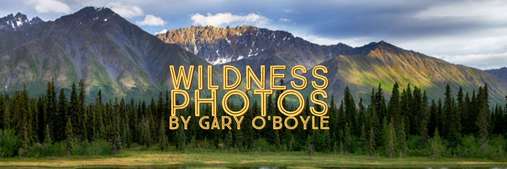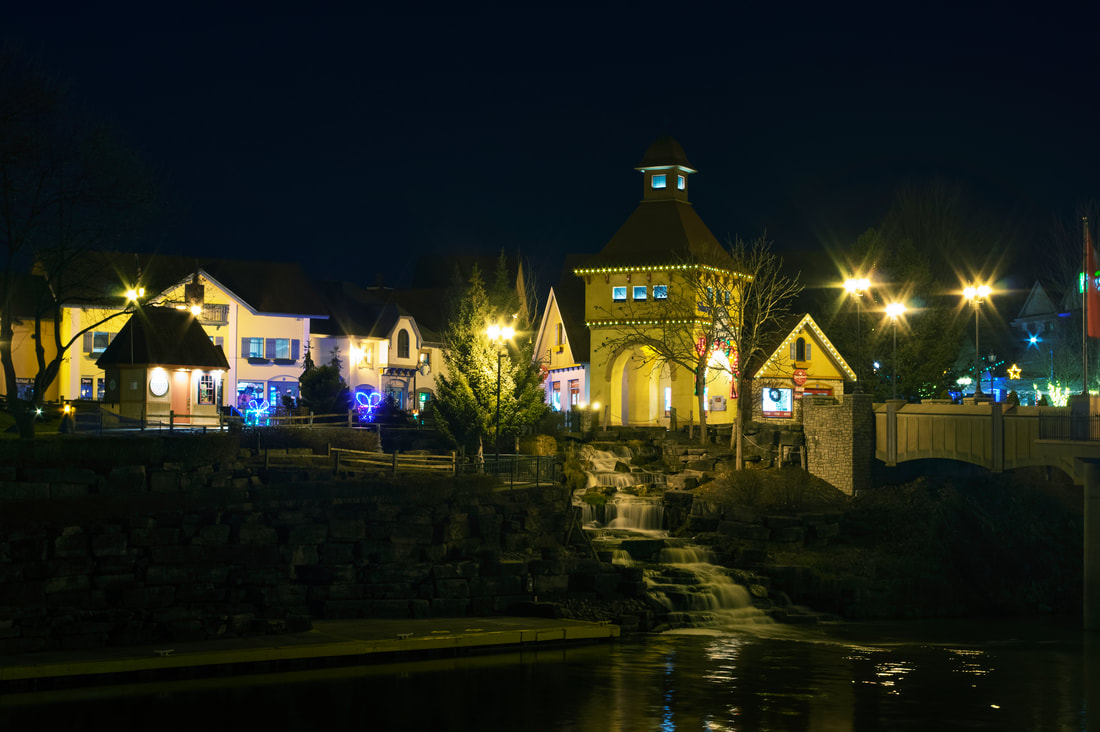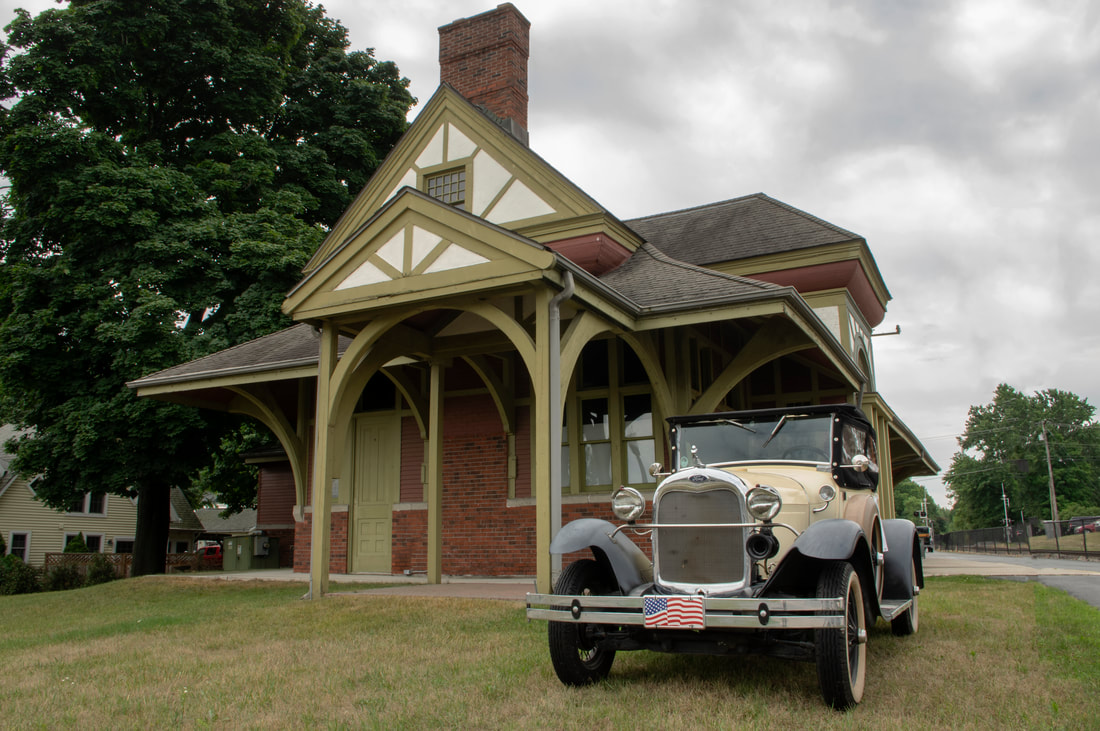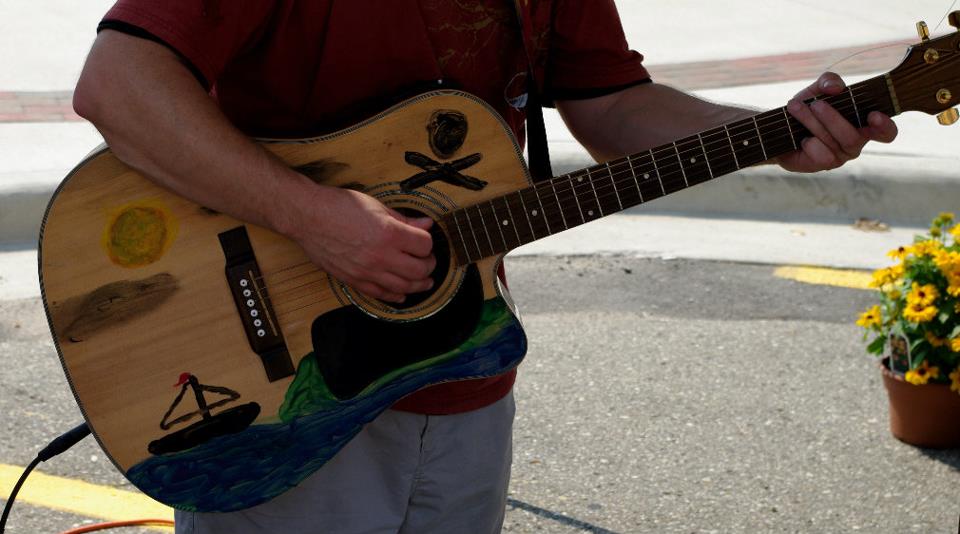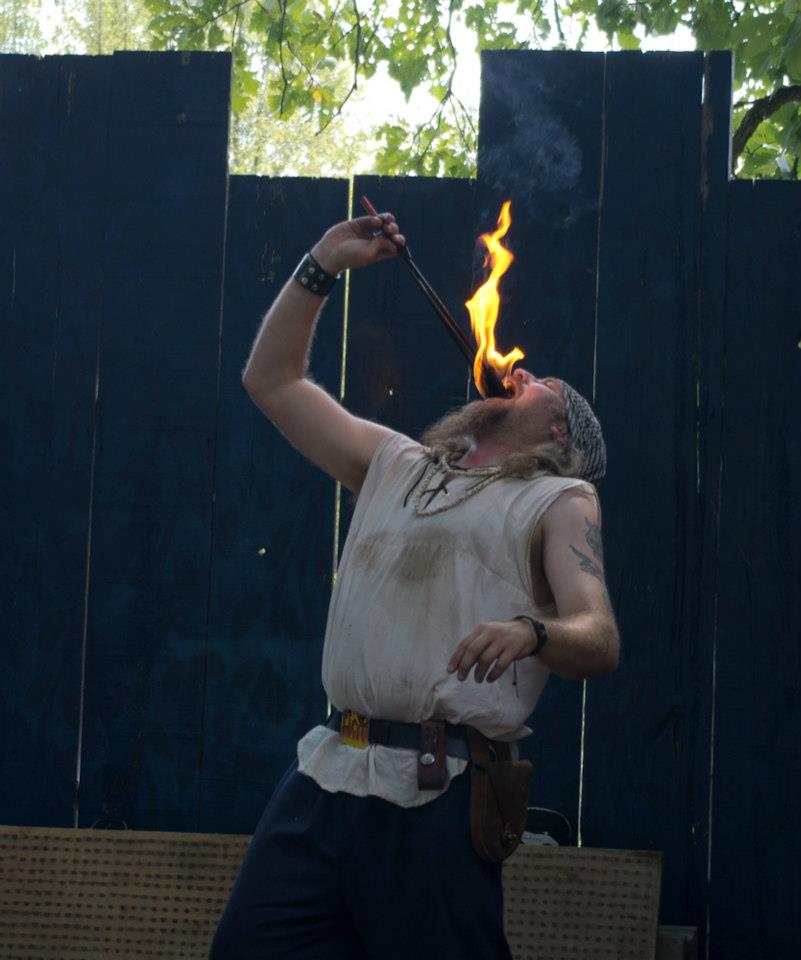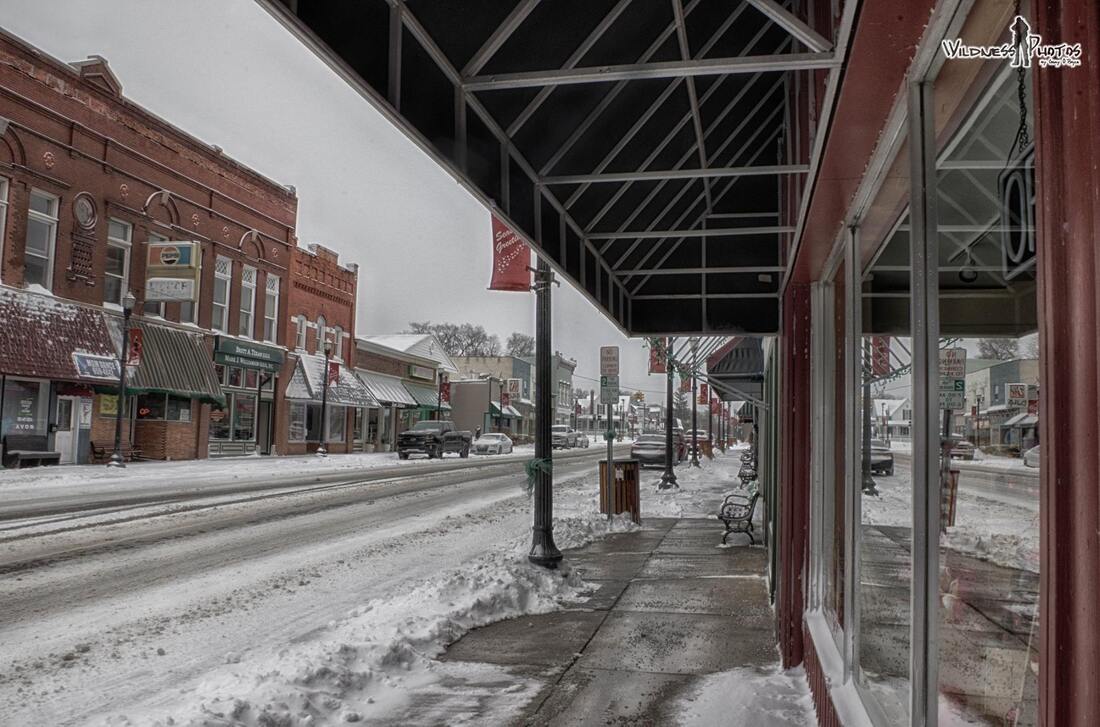Urban Photography
Urban photography is a genre of photography that focuses on capturing scenes, moments, and elements within urban environments. It often involves documenting the various facets of city life, including architecture, street scenes, people, and the overall atmosphere of urban areas. Urban photographers use their skills and creativity to tell stories, evoke emotions, or simply showcase the beauty and complexity of cities.
Here are some key aspects and tips related to urban photography:
1) Composition: Pay attention to composition principles such as leading lines, symmetry, rule of thirds, and framing to create visually appealing and balanced photographs. Try to avoid the standard city tourist shots – be creative and to look for unusual perspectives that add interest. Have a go at shooting from really low down or even from high up so you can shoot over walls and other obstacles, or above a crowd.
2) Lighting: Urban environments offer a wide range of lighting conditions, from harsh sunlight to soft ambient light in the evening. Experiment with different times of day and lighting conditions to capture unique moods and atmospheres. Just before sunrise or after sunset, the 'blue hour' of twilight is a great time for shooting cityscapes. The quality of light tends to be surreal, and streets are often less busy.
3) Architecture: Urban areas often feature diverse and striking architecture. Focus on capturing the details, lines, and shapes of buildings, bridges, and other structures. Don't always try to see the bigger picture. Detail shots can tell a different but highly effective story.
4) Street Scenes: Candid shots of people going about their daily lives can be a powerful way to convey the essence of urban living. Be respectful of privacy and cultural norms when photographing strangers in public spaces.
5) Textures and Patterns: Urban environments are filled with interesting patterns, and textures. Look for opportunities to highlight these elements in your photos.
6) Colors: Cities are usually vibrant and colorful. Pay attention to color contrasts and combinations that can make your photos pop.
7) Storytelling: Try to tell a story through your photographs. Capture moments or scenes that evoke emotions or convey a message about urban life.
8) Perspective: Experiment with different angles and perspectives. This can mean shooting from a low angle to make buildings appear taller or from a high vantage point to capture the cityscape.
9) Post-Processing: Post-processing can enhance your urban photos. Adjusting contrast, saturation, and sharpness can help fine-tune your images to match your creative vision.
10) Equipment: While you can take great urban photos with a smartphone, using a DSLR or mirrorless camera with interchangeable lenses can offer more creative control and image quality.
11) Explore: Urban photography often involves exploration. Wander through different neighborhoods and parts of the city to discover unique and interesting subjects.
12) Street Photography Ethics: If you're engaging in street photography, it's important to be respectful of people's privacy and to follow local laws and etiquette. In some cases, it may be necessary to obtain permission to photograph certain subjects. Urban photography provides ample opportunities for creativity and self-expression. Whether you're interested in capturing the bustling energy of a city, its architectural marvels, or the intimate moments of daily life, this genre allows you to showcase the dynamic and diverse nature of urban environments.
Here are some key aspects and tips related to urban photography:
1) Composition: Pay attention to composition principles such as leading lines, symmetry, rule of thirds, and framing to create visually appealing and balanced photographs. Try to avoid the standard city tourist shots – be creative and to look for unusual perspectives that add interest. Have a go at shooting from really low down or even from high up so you can shoot over walls and other obstacles, or above a crowd.
2) Lighting: Urban environments offer a wide range of lighting conditions, from harsh sunlight to soft ambient light in the evening. Experiment with different times of day and lighting conditions to capture unique moods and atmospheres. Just before sunrise or after sunset, the 'blue hour' of twilight is a great time for shooting cityscapes. The quality of light tends to be surreal, and streets are often less busy.
3) Architecture: Urban areas often feature diverse and striking architecture. Focus on capturing the details, lines, and shapes of buildings, bridges, and other structures. Don't always try to see the bigger picture. Detail shots can tell a different but highly effective story.
4) Street Scenes: Candid shots of people going about their daily lives can be a powerful way to convey the essence of urban living. Be respectful of privacy and cultural norms when photographing strangers in public spaces.
5) Textures and Patterns: Urban environments are filled with interesting patterns, and textures. Look for opportunities to highlight these elements in your photos.
6) Colors: Cities are usually vibrant and colorful. Pay attention to color contrasts and combinations that can make your photos pop.
7) Storytelling: Try to tell a story through your photographs. Capture moments or scenes that evoke emotions or convey a message about urban life.
8) Perspective: Experiment with different angles and perspectives. This can mean shooting from a low angle to make buildings appear taller or from a high vantage point to capture the cityscape.
9) Post-Processing: Post-processing can enhance your urban photos. Adjusting contrast, saturation, and sharpness can help fine-tune your images to match your creative vision.
10) Equipment: While you can take great urban photos with a smartphone, using a DSLR or mirrorless camera with interchangeable lenses can offer more creative control and image quality.
11) Explore: Urban photography often involves exploration. Wander through different neighborhoods and parts of the city to discover unique and interesting subjects.
12) Street Photography Ethics: If you're engaging in street photography, it's important to be respectful of people's privacy and to follow local laws and etiquette. In some cases, it may be necessary to obtain permission to photograph certain subjects. Urban photography provides ample opportunities for creativity and self-expression. Whether you're interested in capturing the bustling energy of a city, its architectural marvels, or the intimate moments of daily life, this genre allows you to showcase the dynamic and diverse nature of urban environments.
